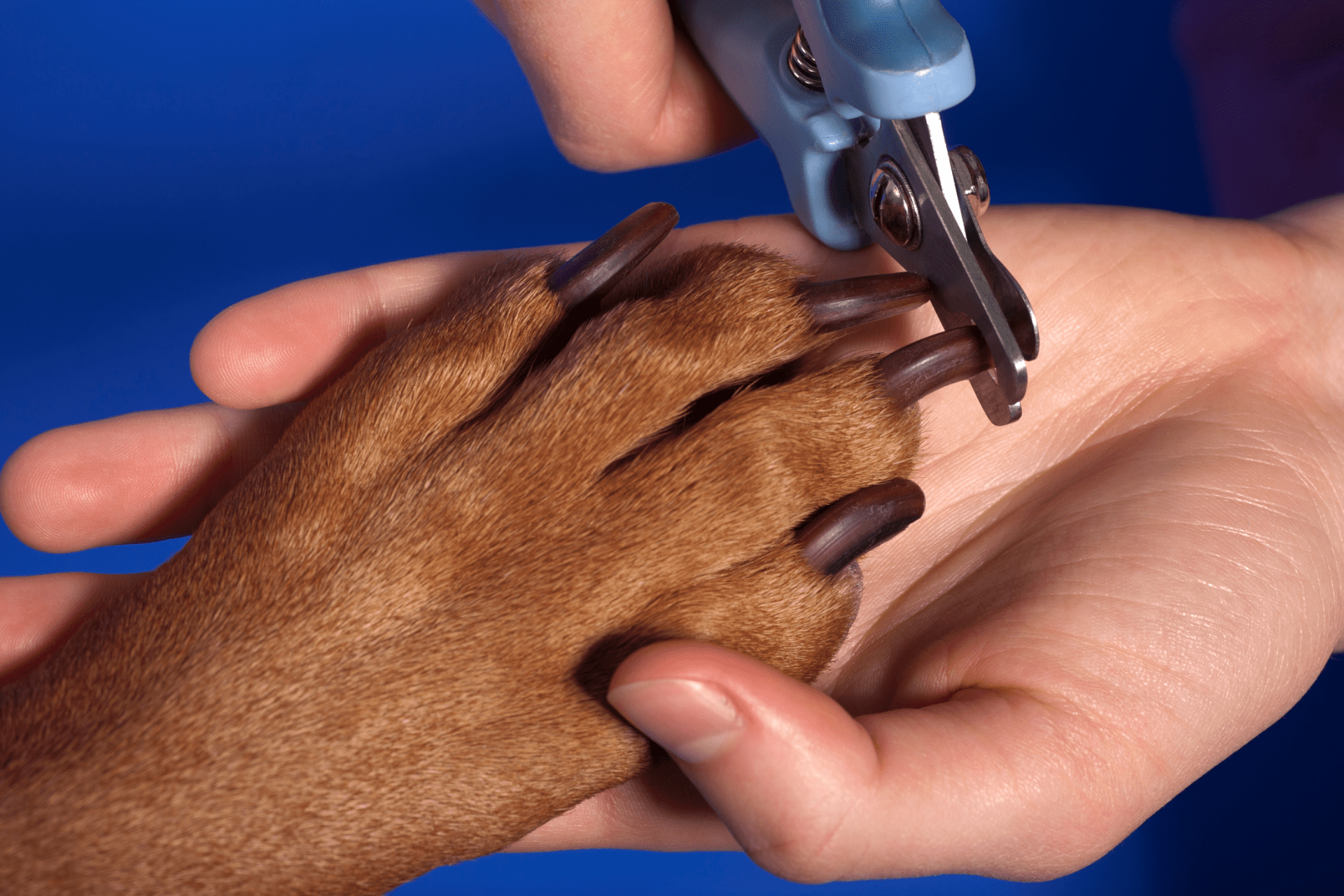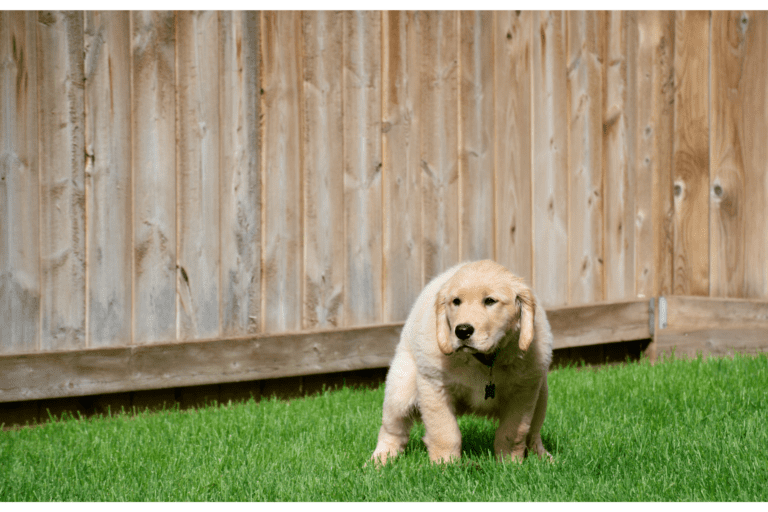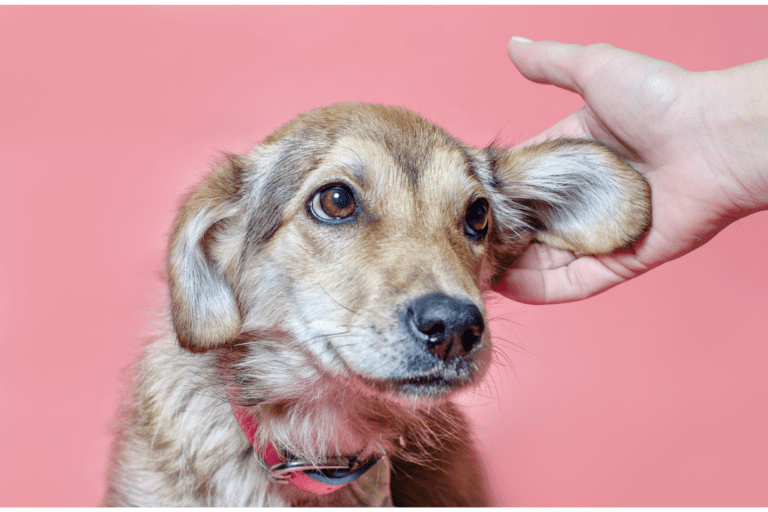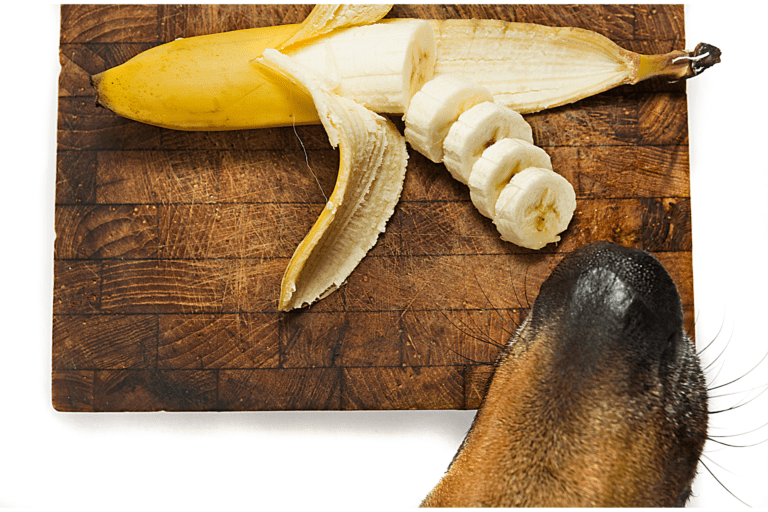What Are the Best Tools for Trimming My Dog’s Nails?
Dog nail trimmers are specialized tools designed for trimming a dog’s nails safely and effectively. Keeping a dog’s nails trimmed is essential for their health and comfort, as overly long nails can lead to pain, difficulty walking, and even joint problems. Several dog nail trimmers are suited to different preferences and nail types. Here’s a breakdown of the most common varieties:
Scissor Clippers (also known as Miller’s Forge Trimmers)
These clippers resemble a pair of scissors and are often recommended for larger breeds with thicker nails. The dog’s nail is placed between the blades and cut with a scissor-like action. They provide reasonable control and a clean cut.
Guillotine Clippers
In this style, the dog’s nail is inserted into a hole in the center of the clipper, and a blade lowers (like a guillotine) to slice off the end of the nail. These clippers are often preferred for smaller dogs with thinner nails. They are easy to use but need to have the blade replaced regularly.
Grinder Tools (Dremel or Rotary Tools)
These tools grind down the dog’s nails instead of clipping. Grinder tools are powered by batteries or electricity and use a rotating component with a sandpaper-like covering to gradually sand the nail down. Grinders can be a good option for dogs scared of clipping, as it allows for a more gradual and controlled nail shortening. However, it can be noisy and might require a period of acclimatization for the dog.
Styptic Powder or Pencil
While not a nail trimmer, this is a vital tool to have on hand. If you accidentally cut the quick (the blood vessel inside the nail), styptic powder helps to stop the bleeding quickly.
Tips for Trimming Dog Nails:
- Acclimatize Your Dog: Get your dog used to having their paws handled and the tool you will use before starting.
- Identify the Quick: You can see the quick in clear or light-colored nails (a pinkish area inside the nail). Avoid cutting into it as it can be painful and bleed. For dogs with dark nails, it’s harder to see the quick, so trim small amounts at a time.
- Use Sharp Trimmers: Ensure the trimmers are sharp for a quick, clean cut.
- Trim Regularly: Regular trimming keeps the quick from growing too long, making it easier to maintain nail length without injury.
- Reward Your Dog: After trimming, reward your dog with a treat or their favorite activity. Rewarding your dog helps associate nail trimming with positive experiences.
If you’re unsure or uncomfortable trimming your dog’s nails, it’s always a good idea to seek help from a professional groomer or veterinarian. They can demonstrate the proper technique and tips for your dog’s breed and nail type.







